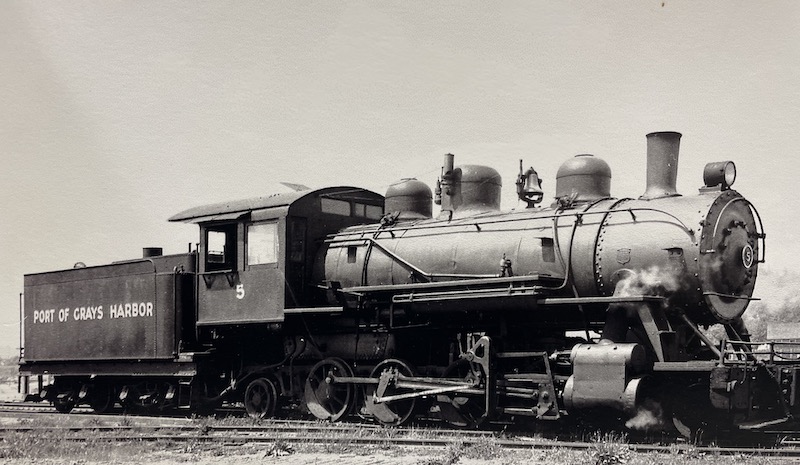PRAGUE city council resolved on January 22 to proceed with a Koruna 86bn ($US 3.77bn) project to install automatic train operation (ATO) on lines C and D of the metro network in the Czech capital.
Installing ATO will enable driverless operation to be introduced on Line C, currently the busiest on the Prague network. Public transport operator DPP expects a 20% increase in capacity by shortening headways from 115 seconds to 90 seconds through automation and the introduction of CBTC moving-block signalling.
DPP has also calculated that installing ATO on Line C will save around Koruna 770m a year in operating costs, including staff costs. This also helps to make the financial case for installation on Line D, which has been designed for ATO.
Line D will run from Náměští Míru and Depo Písnice, and work is now underway to build the first section between Pankrác and Olbrachtova.
“I strongly believe that this year we will be able to start the second as well,” says Mr Zdeněk Hřib, first deputy major of Prague.
“Together, they form the shortest operable section from Pankrác to Nové Dvory with five stations,” he says. Installing and commissioning ATO on this initial section of Line D is expected to cost Koruna 480m, and as Hřib points out, will require the timely delivery of new trains and other equipment.
The metro automation project will include the installation of platform screen doors, the supply of new fleet maintenance equipment and the construction of a new control centre for lines C and D.
DPP intends to order 69 new metro trains for driverless operation. The first section of Line D will require 10 trains, rising to 16 when Line D is completed in full. Line C will require 53 driverless trains.
Procurement for the ATO project is expected to include a 35-year maintenance contract covering the new trains and other equipment.
DPP undertook preliminary market consultation in 2020-21 which concluded that combining the Line D project and automation of Line C would generate greater benefits. These include a lower price per train through economies of scale and greater interest from major suppliers in a larger potential order.
Smaller, separate orders would not generate a satisfactory response from the market, DPP feels. The operator is looking to conduct an open tendering process based on competitive dialogue which it hopes will attract major global suppliers.
This was the approach followed by DPP in its tender for 200 low-floor LRVs which attracted bids from Stadler and Škoda Group. The latter was named as preferred bidder for a framework contract worth Koruna 16.6bn in November 2023.
“We assume that the competitive dialogue will last approximately two years, and we should know the winner in the end of 2025,” says DPP director general, Mr Petr Witowski.
“The development of the cars themselves will follow in 2026 and 2027,” he says.
“The production of the first cars, their certification and authorisation should then take place in 2027-28, followed by trial operations in 2028 and 2029. Only then it will be possible to start series production.”
On Line C, the new driverless trains will replace the 53 five-car type M1 trains supplied by Siemens and Adtranz (later Bombardier, now Alstom) in 2000-03, releasing them for redeployment elsewhere.
DPP says that the type 81-71 M trains currently operating on lines A and B are reaching the end of their working life, with the full-service fleet maintenance contract and all its extension options expiring in 2040. This also the date for installing ATO on Line A as the last line to be converted under DPP’s automation programme.
For detailed data on metro projects around the world, subscribe to IRJ Pro.
The post Prague to automate metro lines C and D appeared first on International Railway Journal.
